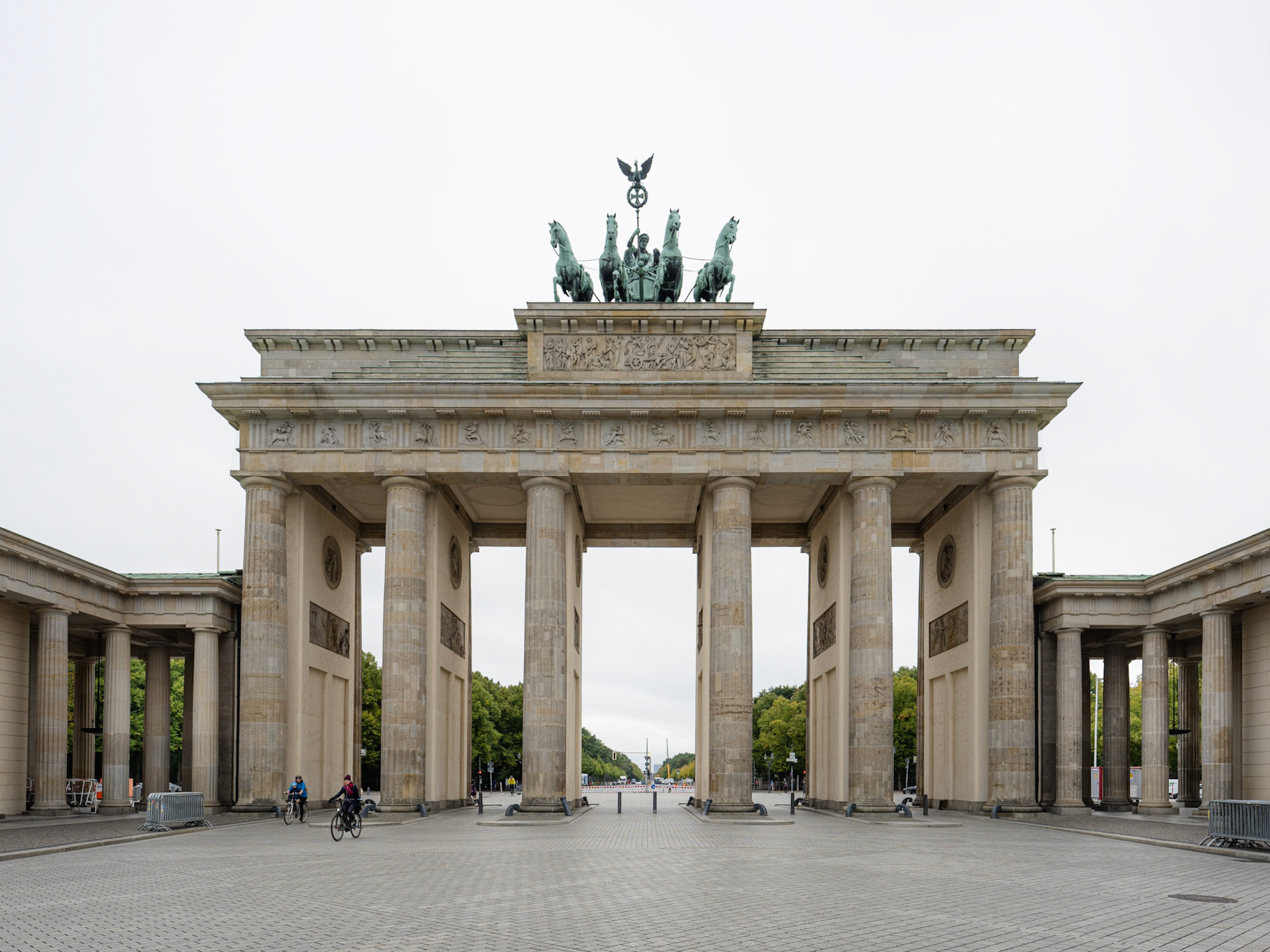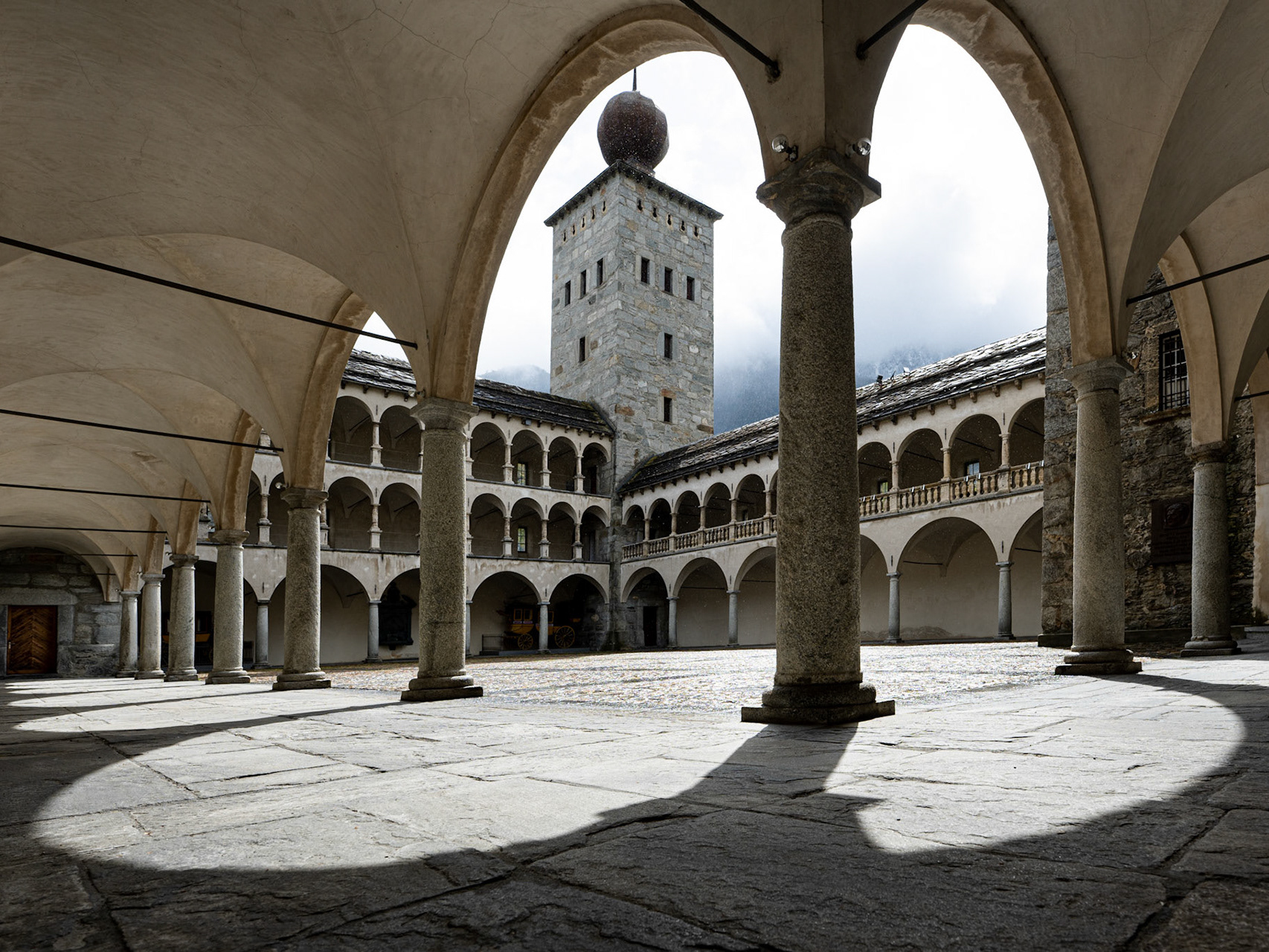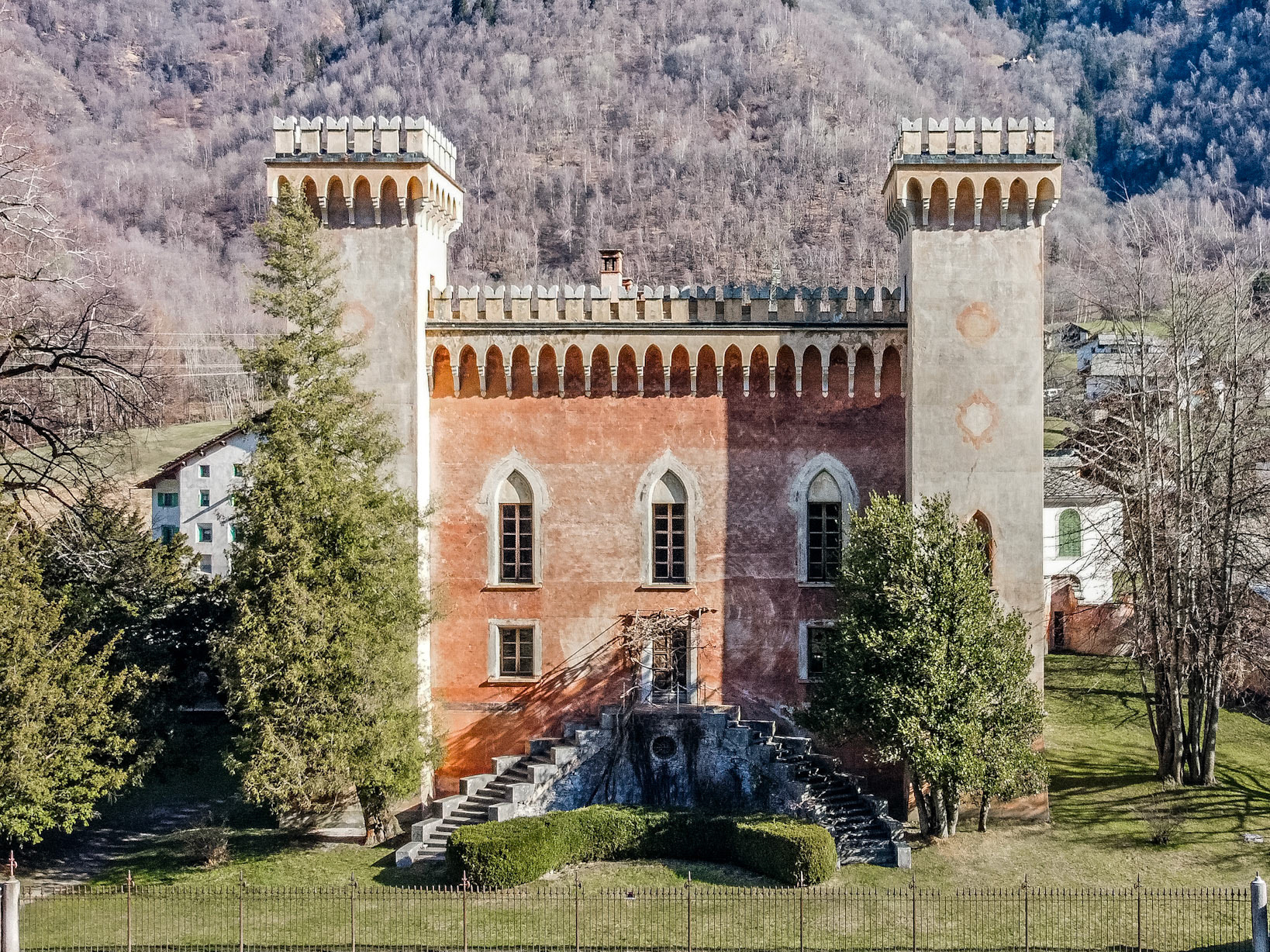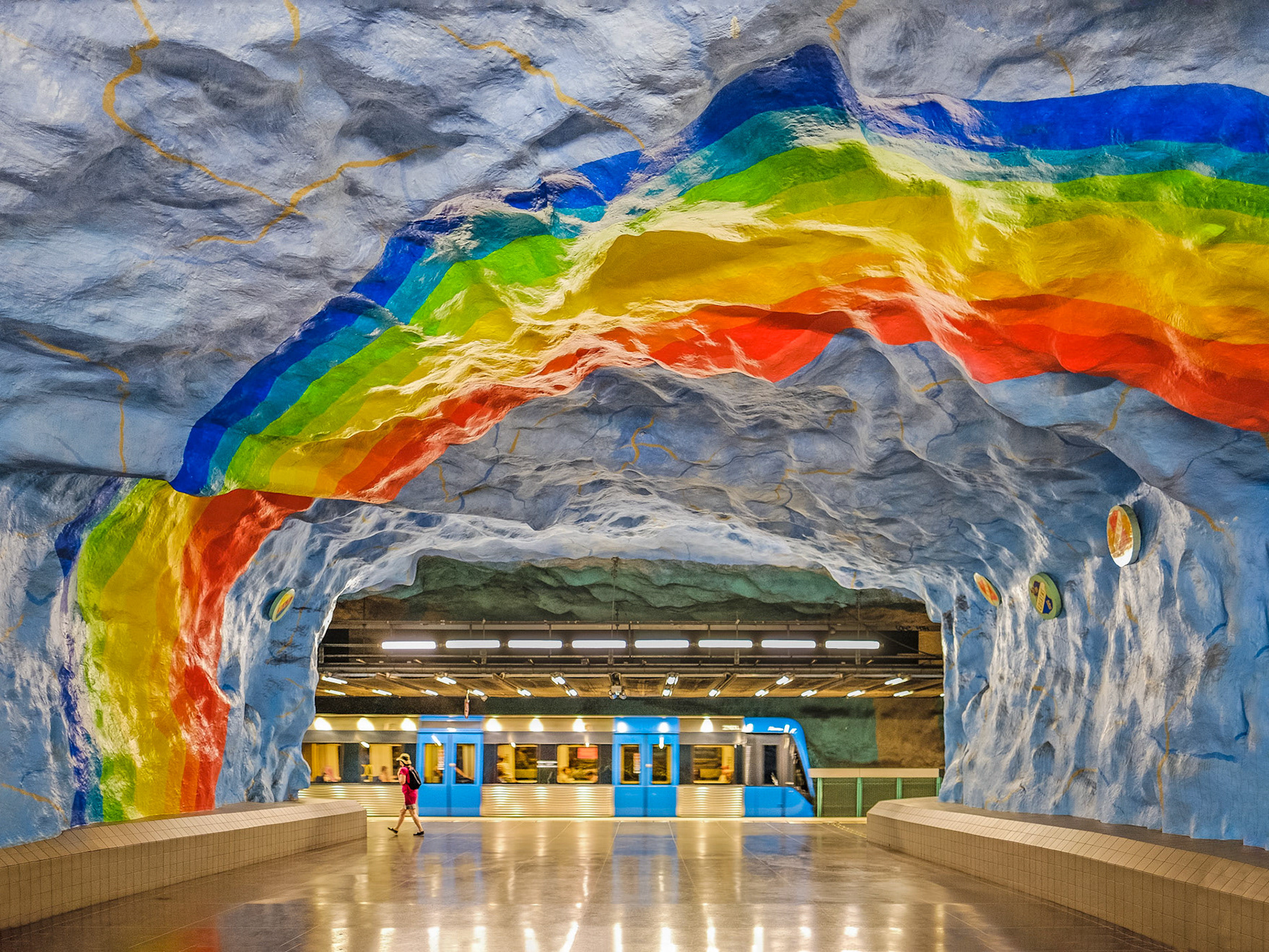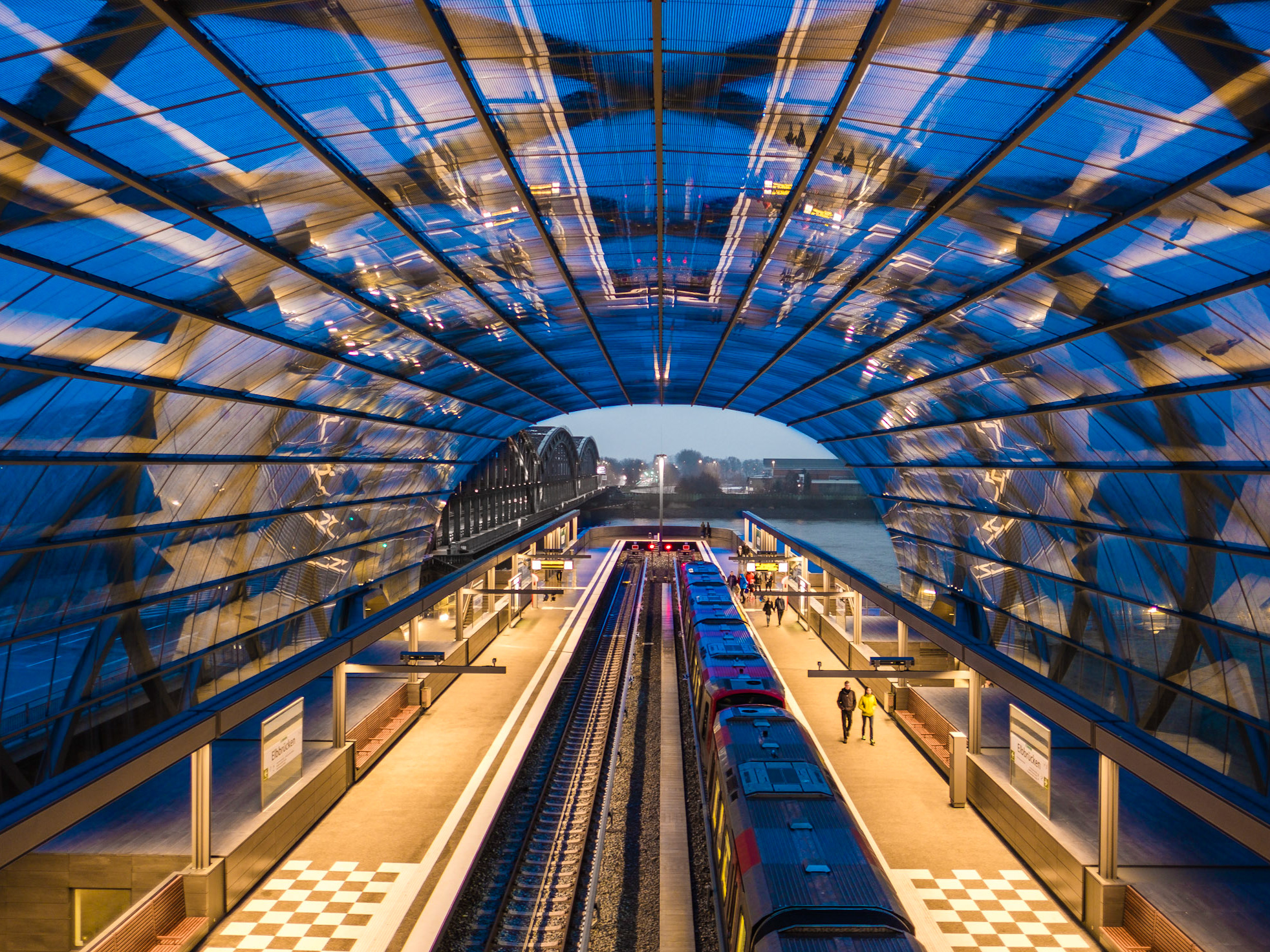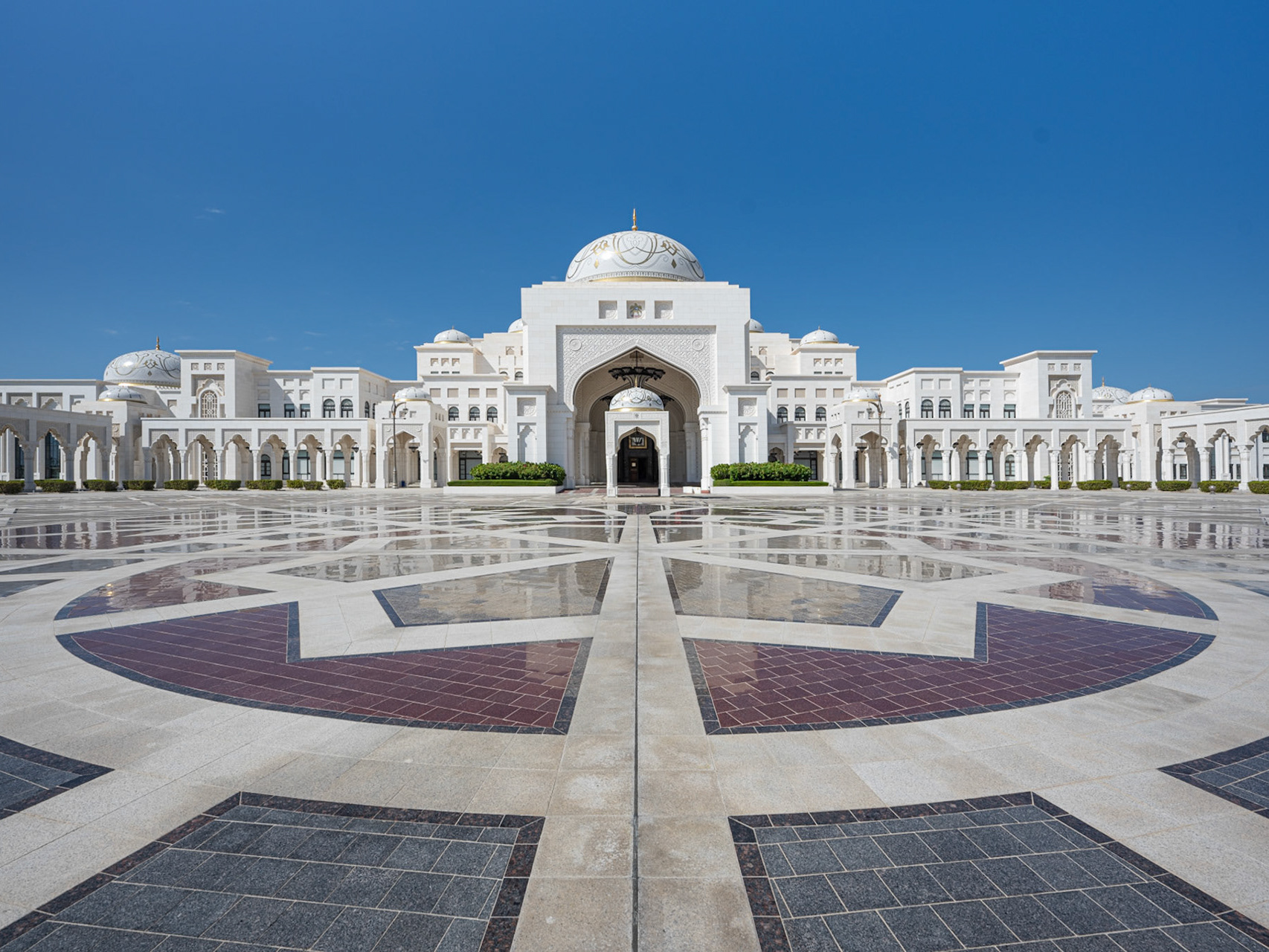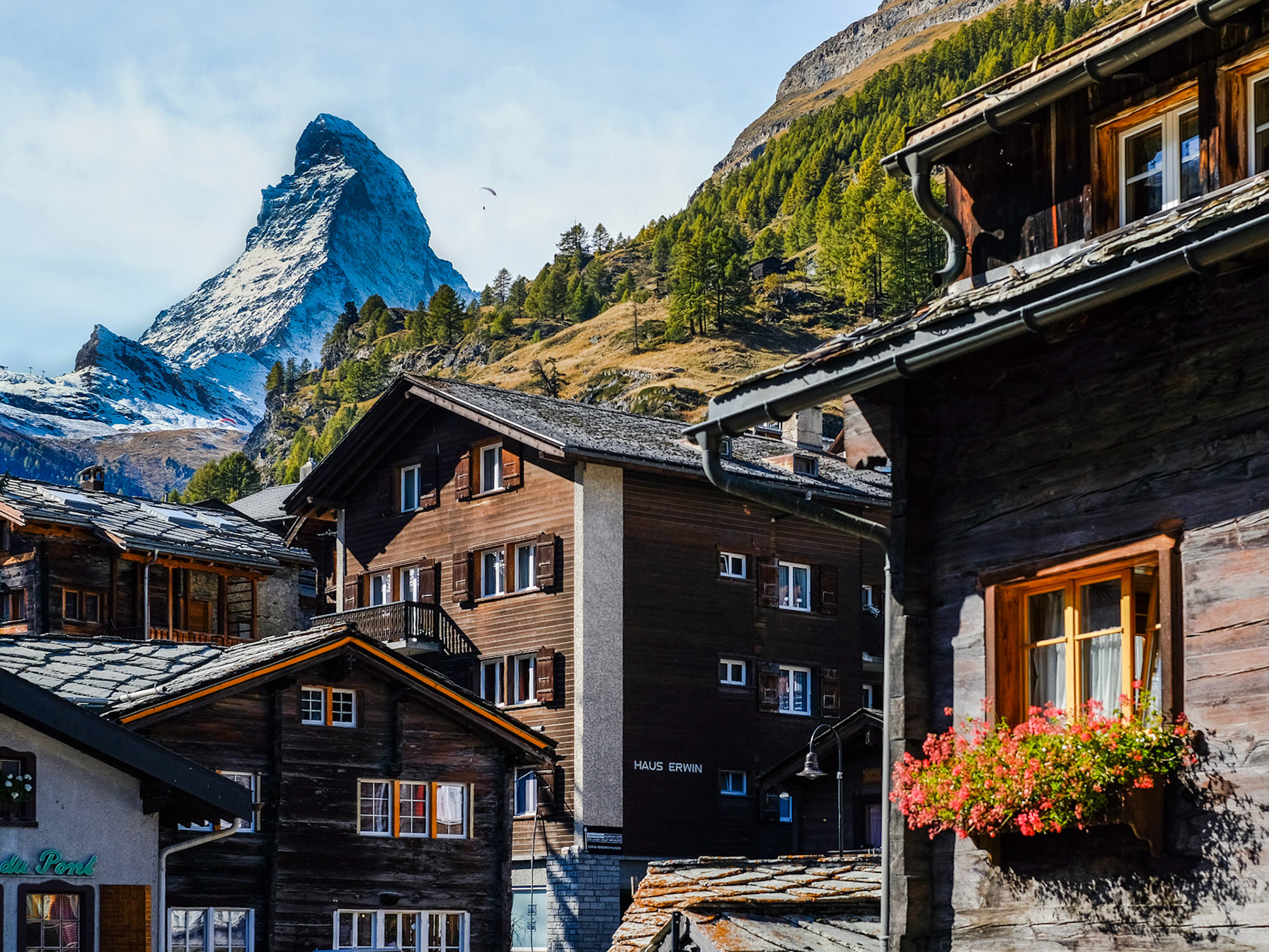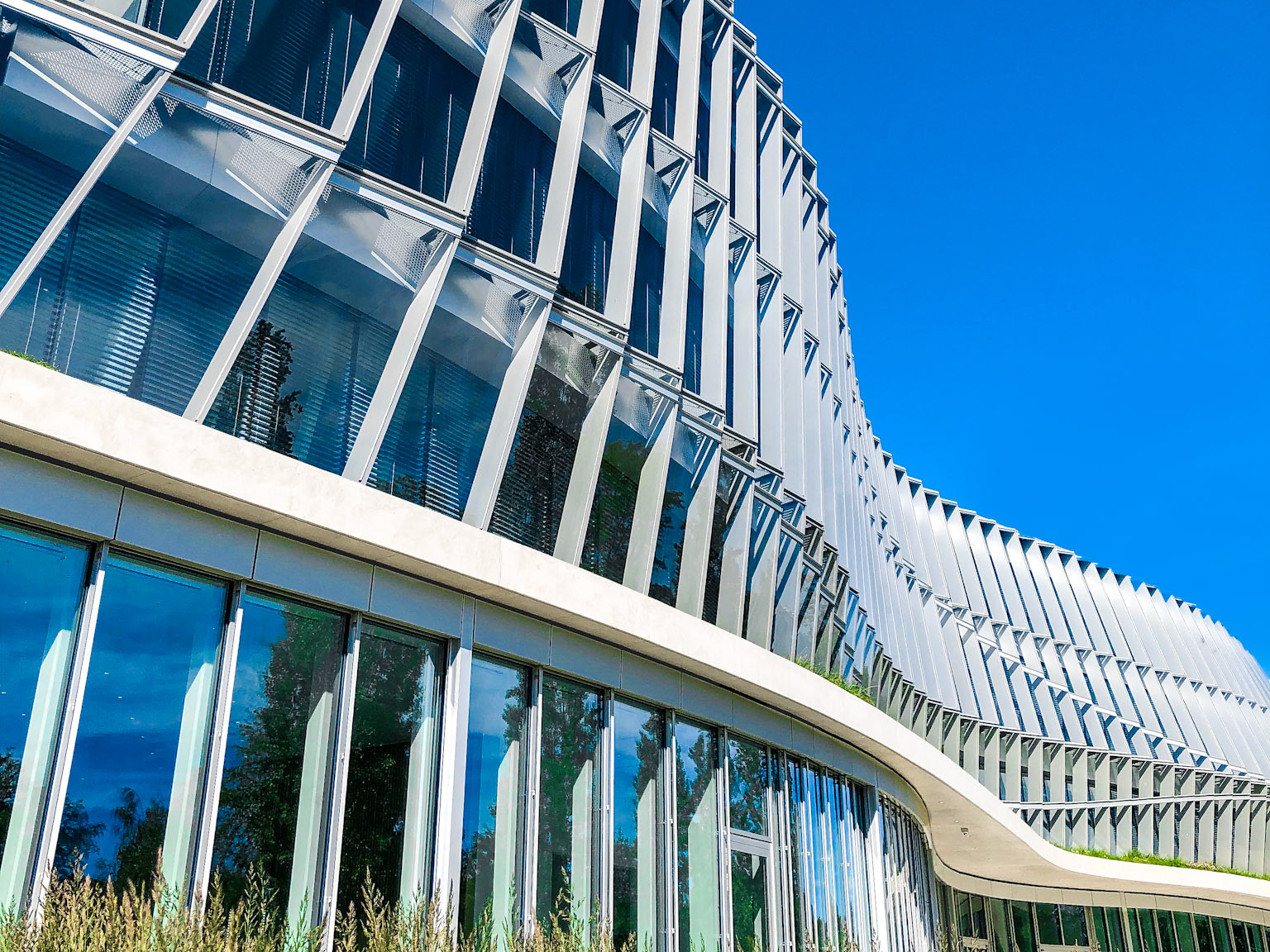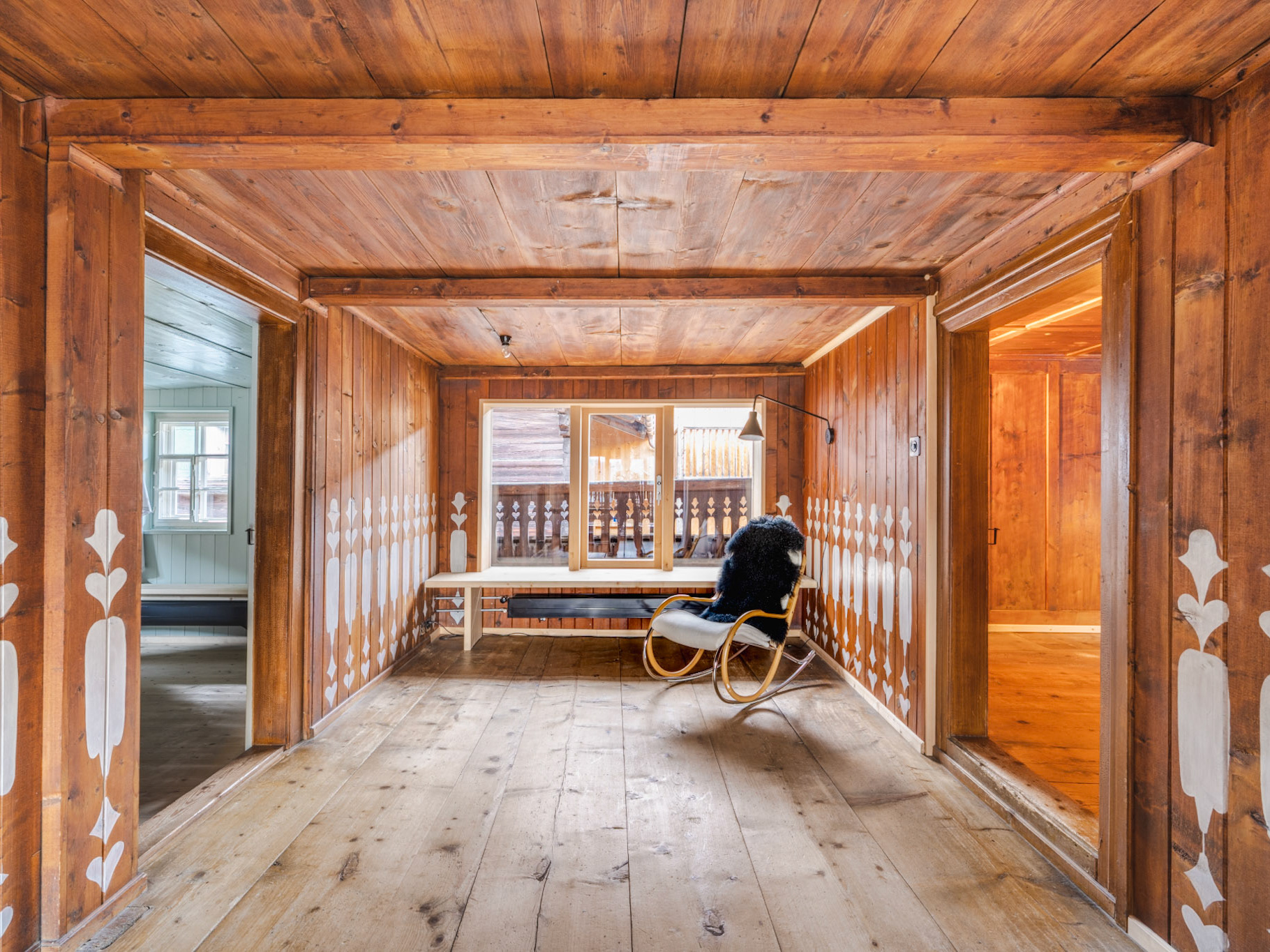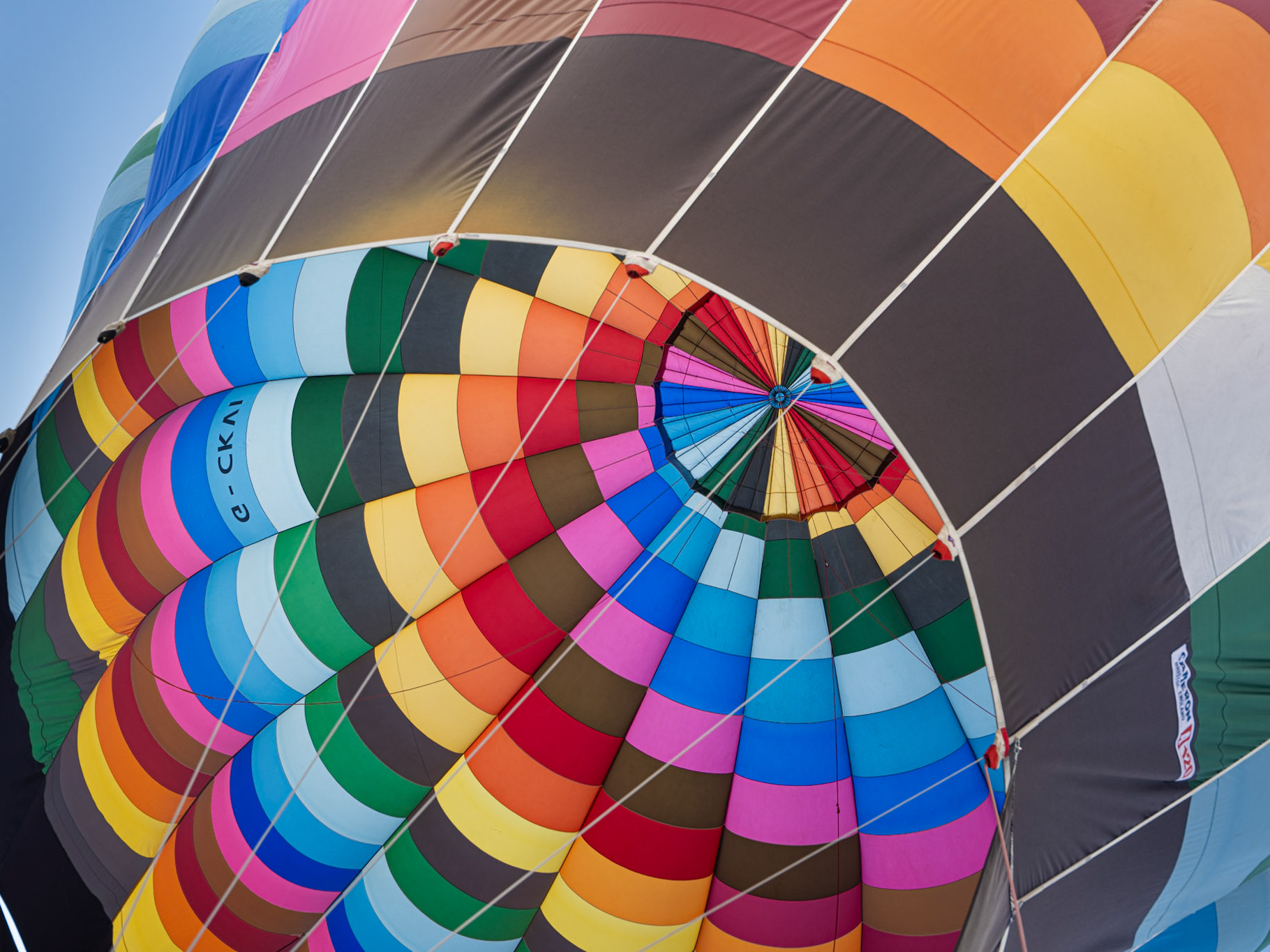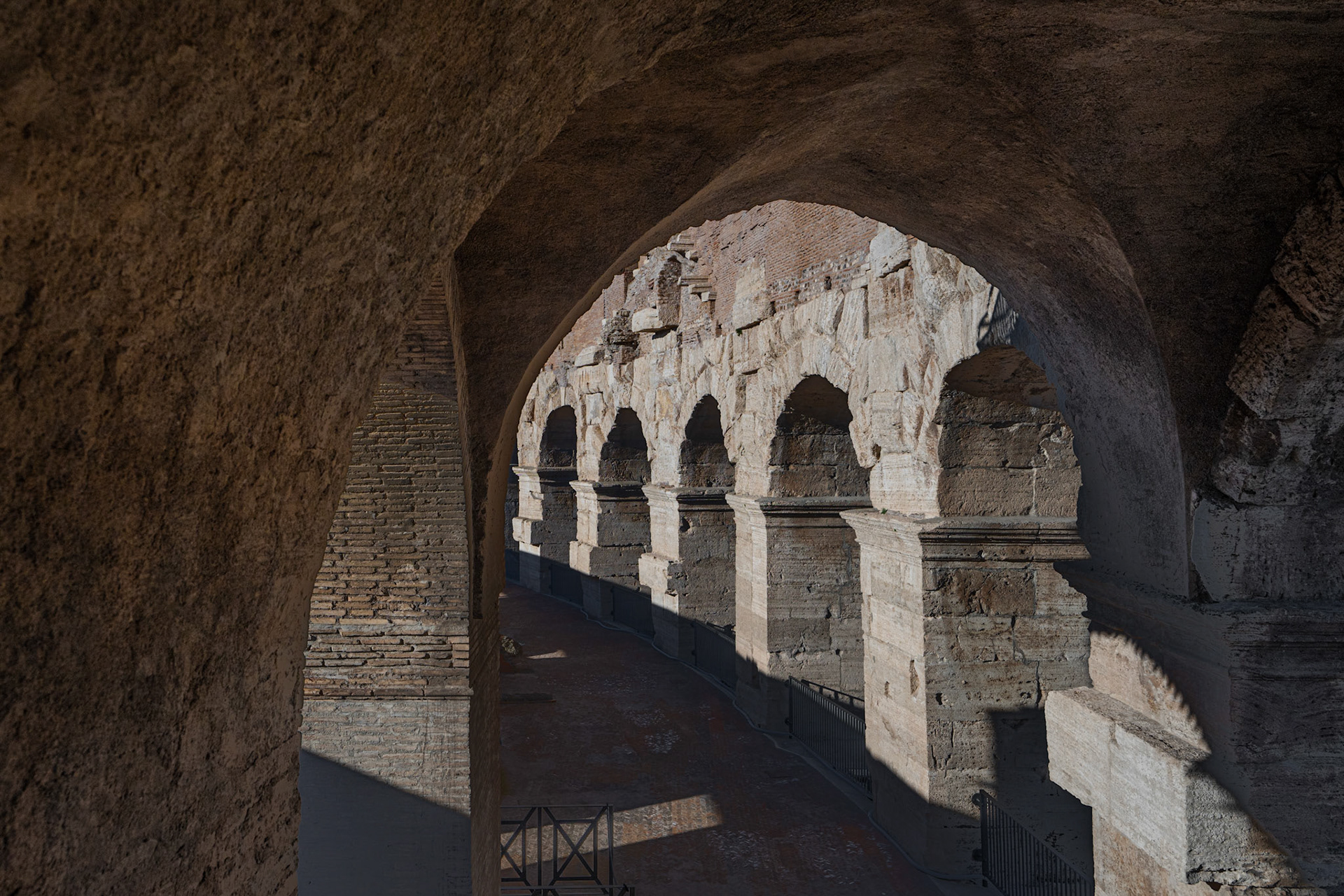
Colosseum
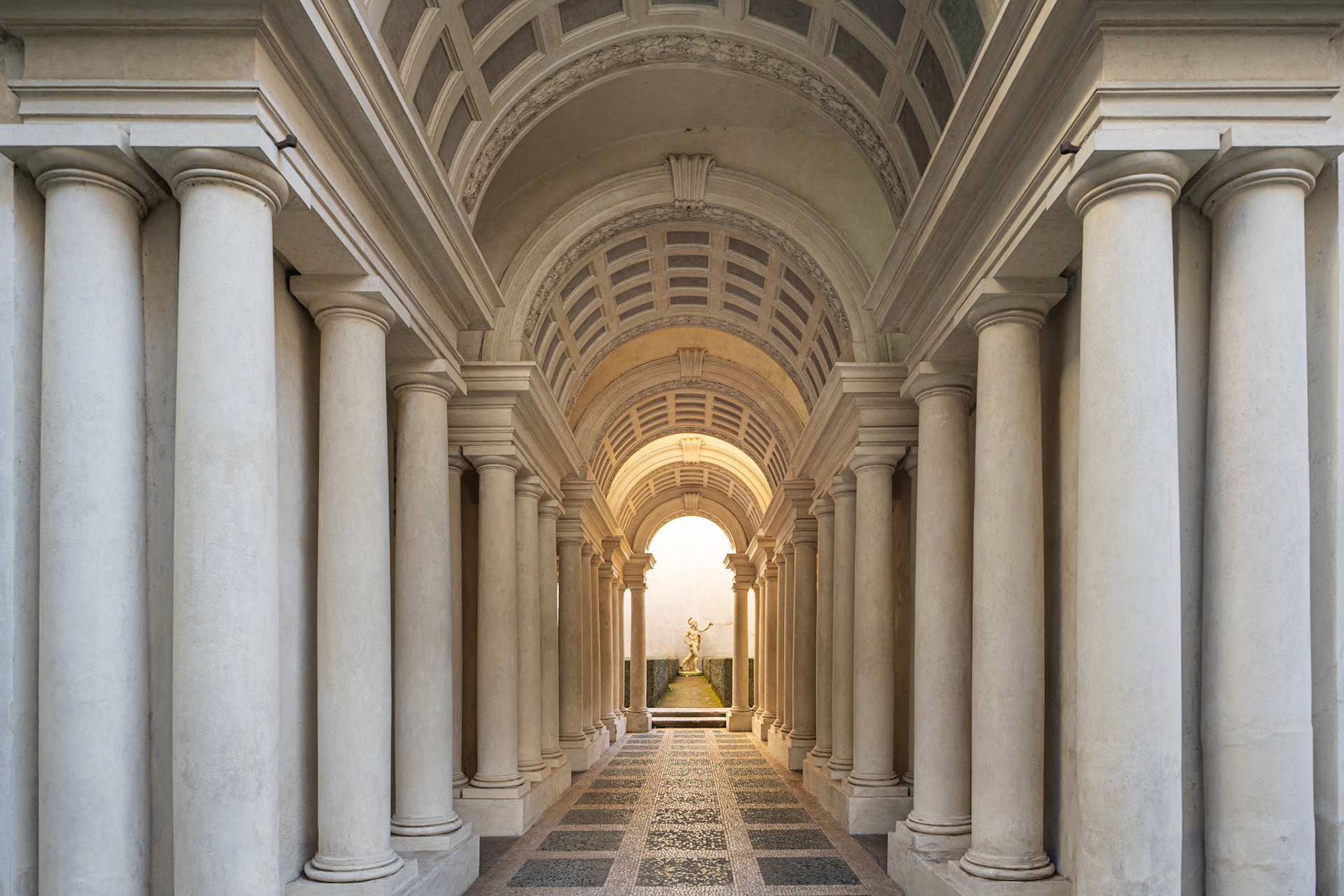
Galleria Spada
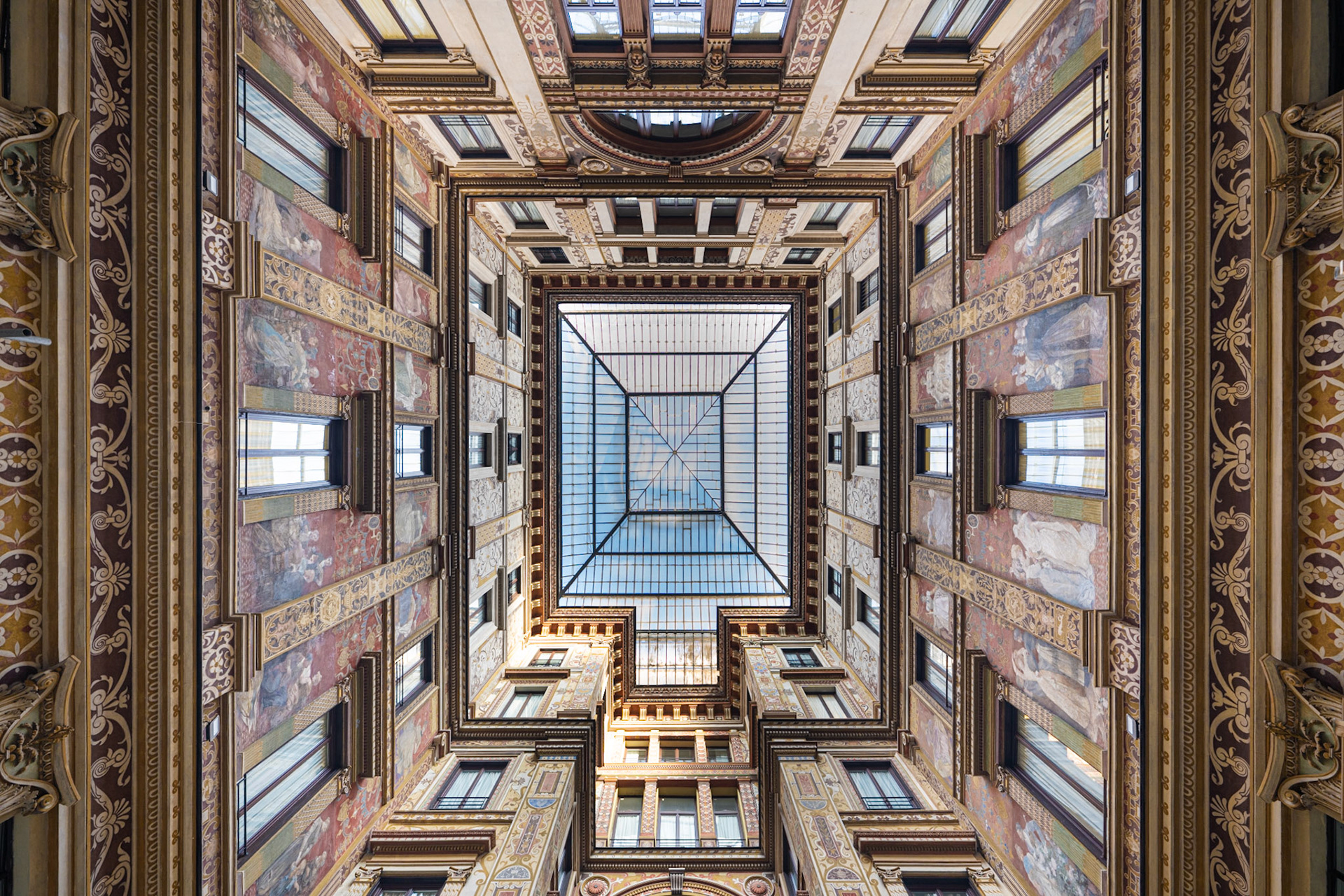
Galleria Sciarra
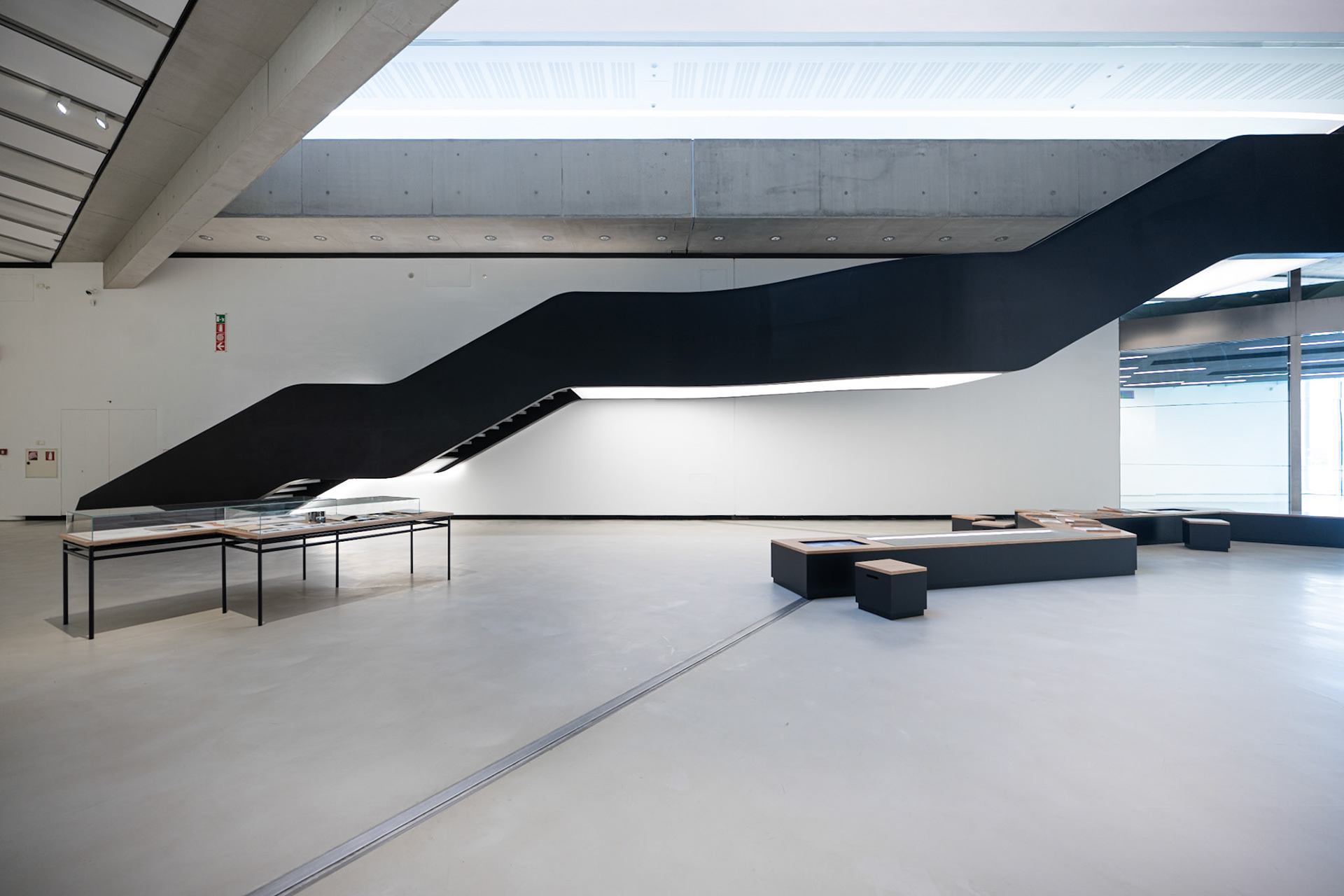
MAXXI Museum
At the end of 2024, we set off on a family vacation to Rome, a city that had long been on our bucket list. While we anticipated that the winter season might bring fewer crowds, we quickly discovered otherwise (more on that later). However, the weather was a delightful surprise - plenty of sunshine and mild temperatures made exploring the Eternal City an absolute pleasure and even allowed us to have lunch on terraces. Join us as we share the highlights and tips from this journey.
Day 1: Stepping into Ancient Rome
Our first day in Rome was an immersive journey into the ancient world, where the ingenuity of Roman engineering came vividly to life.
The Colosseum
We began our exploration at the legendary Flavian Amphitheatre, better known as the Colosseum. Thanks to our meticulous pre-planning, we had managed to secure the highly coveted attic access tickets - available 30 days in advance and selling out within seconds, much like concert tickets! As only 8 of these tickets are available per 20 minute time slot, it allowed us to explore the colosseum high above the crowds. This exclusive vantage point provided breathtaking views of both the arena and the Roman skyline, making it one of the standout moments of our trip.
San Pietro in Vincoli
Just a short walk from the Colosseum, we visited San Pietro in Vincoli, or Saint Peter in Chains, a 5th-century basilica. The church is best known for housing the revered chains believed to have bound Saint Peter during his imprisonment in Jerusalem. However, it is also home to one of Michelangelo’s masterpieces - the imposing statue of Moses, sculpted for the unfinished tomb of Pope Julius II.
The Baths of Caracalla
After lunch near the Circus Maximus, we stepped back into ancient Roman luxury at the Baths of Caracalla. Once a sprawling complex of public baths, libraries, and gardens, these ruins still exude a sense of the grandeur they once held. Compared to other sites in Rome, the Baths of Caracalla felt very quiet. Also noteworthy are the frequent photo exhibitions and the recent addition of the Hannes Peer's mirror, adding once again a large water feature to the site. Equipped with a stage, it not only beautifully reflects the ruins, but also allows cultural activities to take place.
Palatine Hill
As the day drew to a close, we climbed Palatine Hill, the legendary site where Romulus is said to have founded Rome. From the hill’s vantage points, we were treated to panoramic views of the Roman Forum. It was a fitting end to a day spent uncovering the wonders of ancient Rome.
All these sites are conveniently within walking distance of each other, and with the beautiful weather on our side, exploring them on foot was an absolute pleasure.
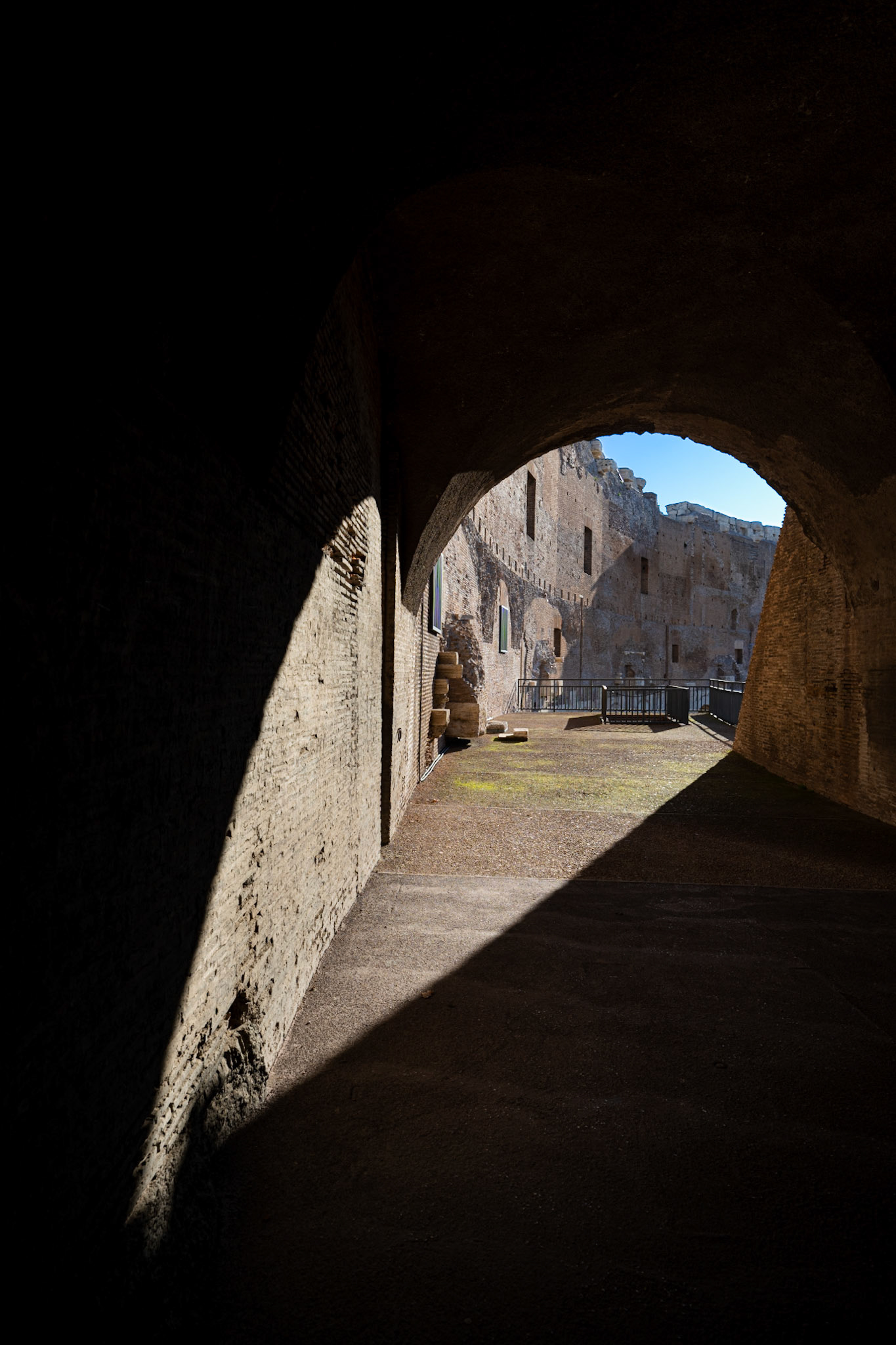
Colosseum
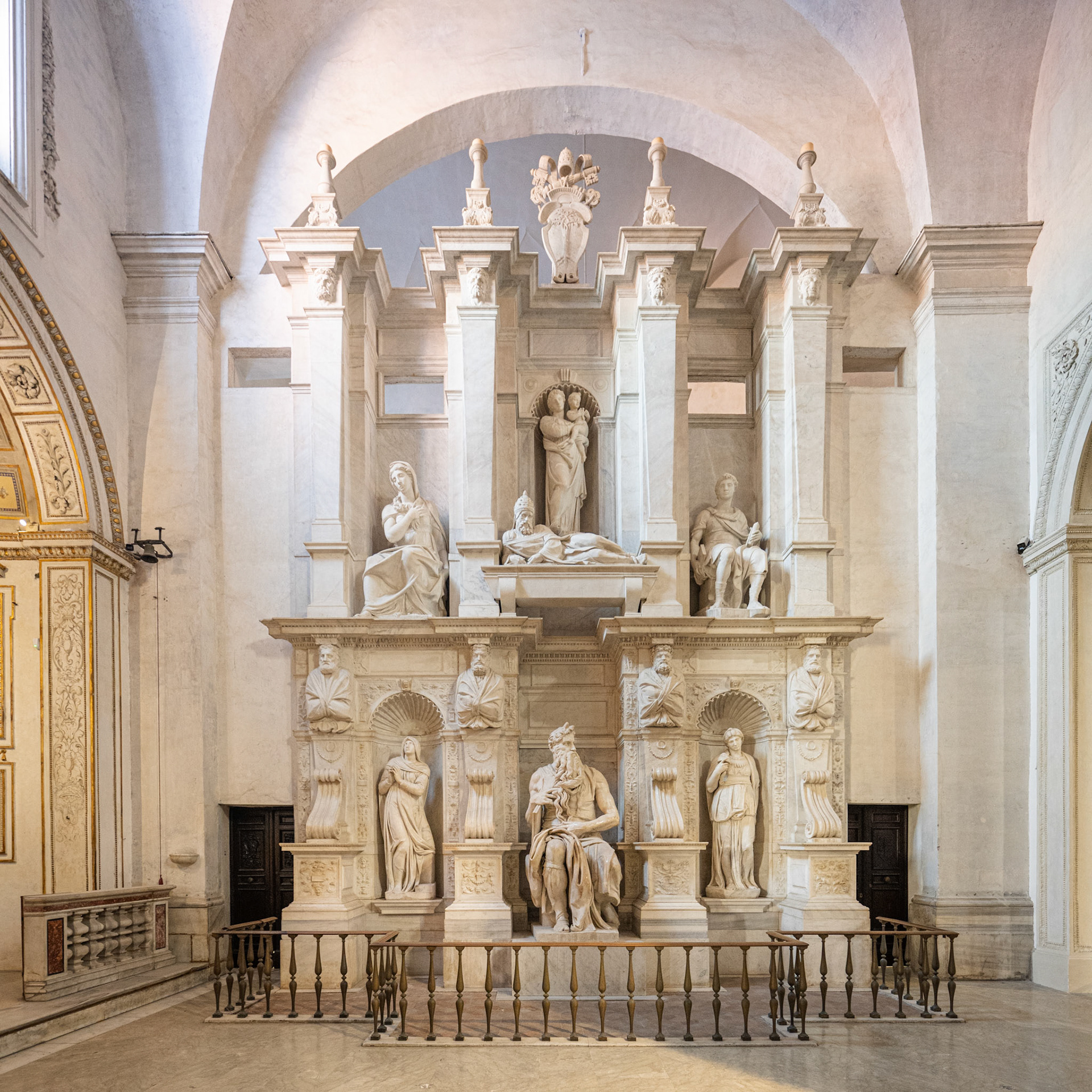
San Pietro in Vincoli
Day 2: Baroque Splendor and Vatican Wonders

Galleria Colonna
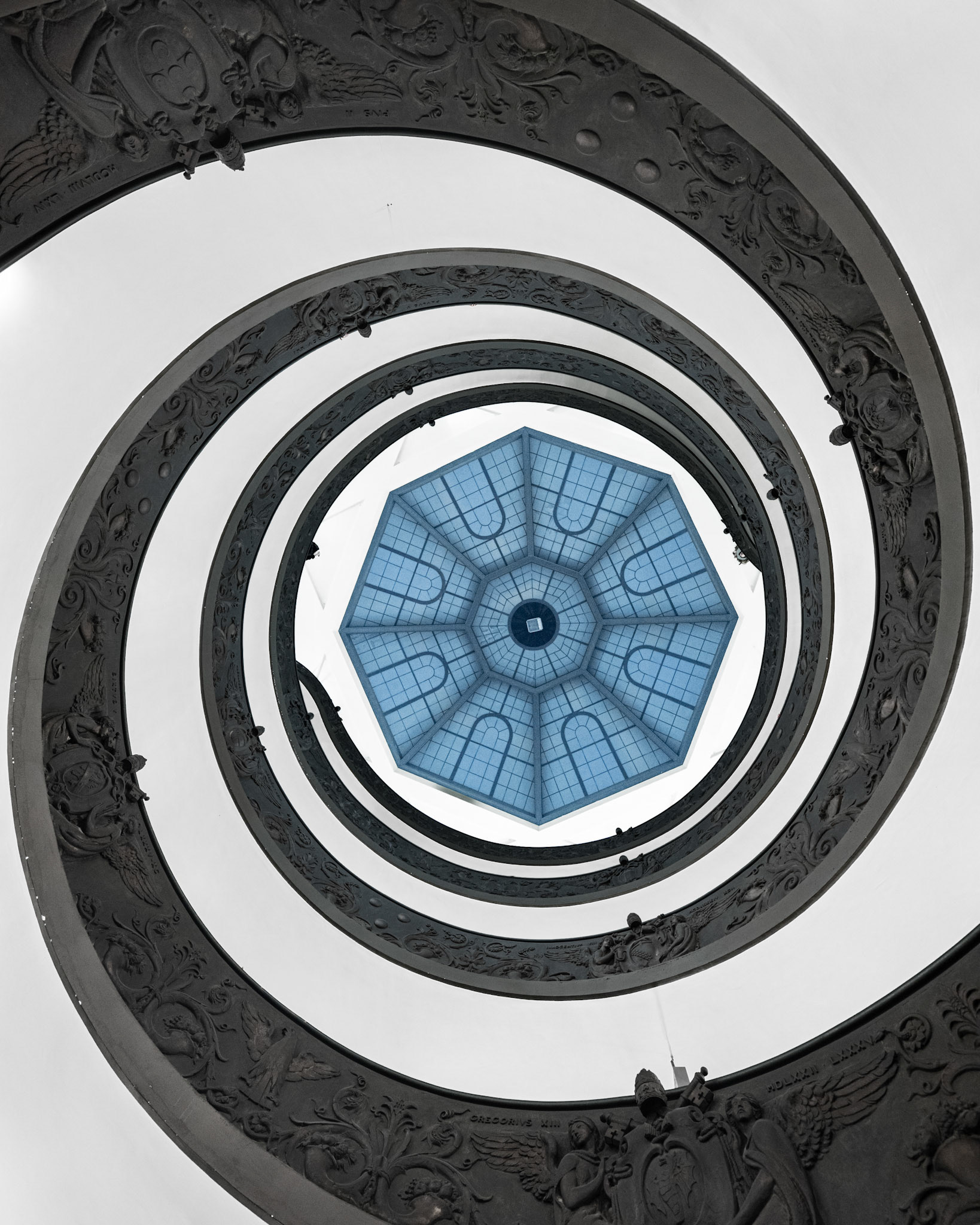
Vatican Museums
Galleria Colonna
We began our day at the stunning 17th-century Galleria Colonna, a private palace that has amazing grandeur. Its frescoed ceilings, glittering chandeliers, and opulent decor were breathtaking. Arriving early allowed us to experience its opulence in peace, and as the first visitors of the day, we had the rare opportunity to capture photos of some halls completely empty - an unforgettable experience. A special touch was when the guards highlighted some of the paintings in the rooms and even provided us with magnifying glasses to allow us to see some of the details !
St. Peter’s Basilica
Next, we visited the heart of Vatican City - St. Peter’s Basilica. The sheer scale of the church, combined with masterpieces like Michelangelo’s Pietà and the towering dome, left us in awe. However, the crowds were intense, and the lack of proper crowd management made the visit more chaotic - and long - than we had anticipated.
Vatican Museums
Exploring one of the world’s most renowned art collections was an exciting prospect, but the reality was bittersweet. While seeing the Sistine Chapel in person - with Michelangelo’s iconic ceiling - was an undeniable highlight, the global experience felt rushed. Guards constantly hurried visitors along, and in most of the areas, it was nearly impossible to stop and truly appreciate the artwork. It’s the first museum we’ve ever visited where, in hindsight, consulting a good art book is the better option!
Day 3: The Artistic Treasures of Galleria Borghese
After two museum-filled days, we decided to take things a bit slower today.
Galleria Borghese
We started our morning at Villa Borghese, taking a bus to the park and enjoying a leisurely walk through its vast green spaces. Once again, we had reserved tickets for the opening, allowing us to experience the inspiring paintings and sculptures without the crowds - definitely worth it!
After our visit, we took our time strolling through the lush gardens surrounding the gallery.
Tridente District
In the afternoon, our walk took us through the Tridente, from Piazza del Popolo to the Spanish Steps.

Galleria Borghese
Day 4: Centuries of Architecture
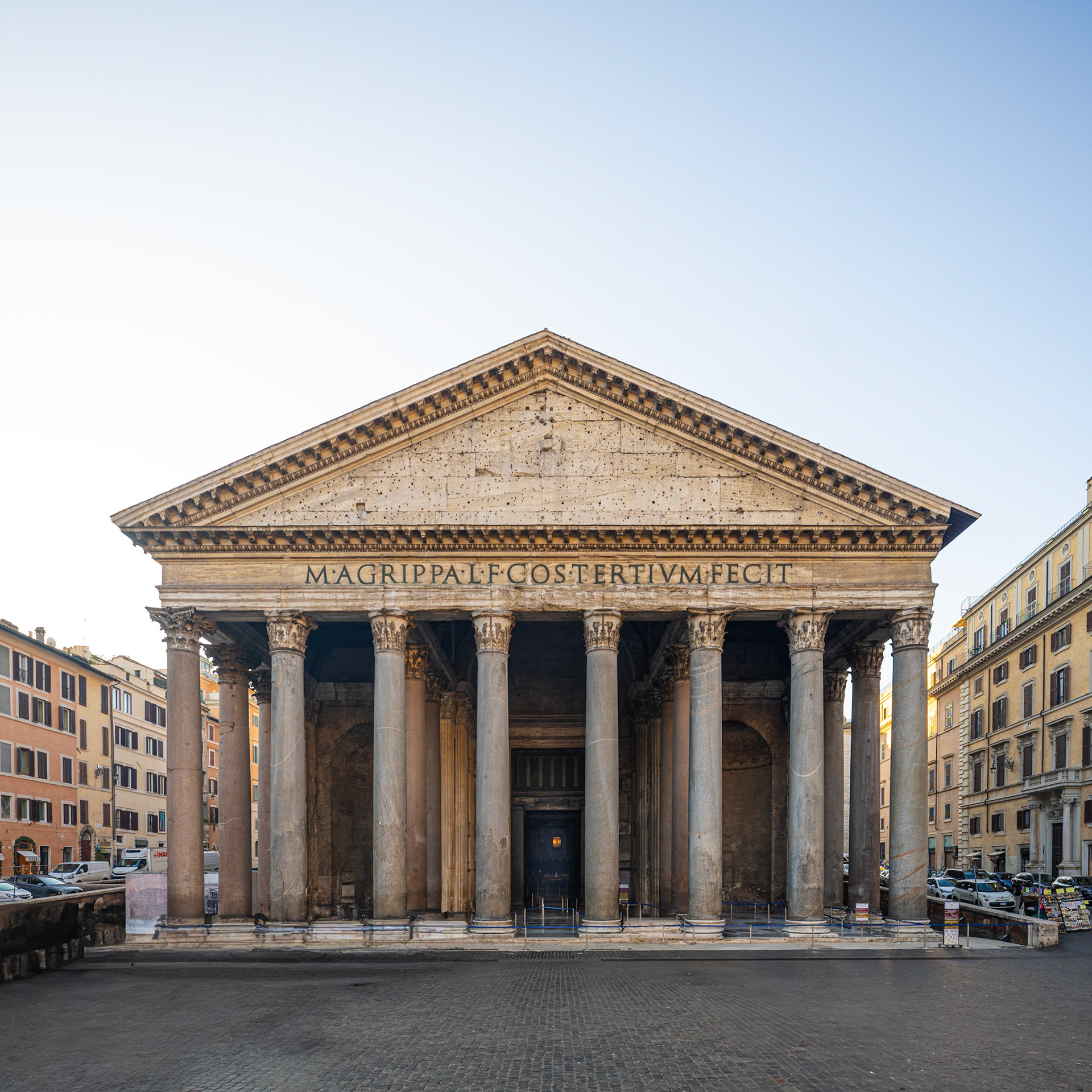
Pantheon
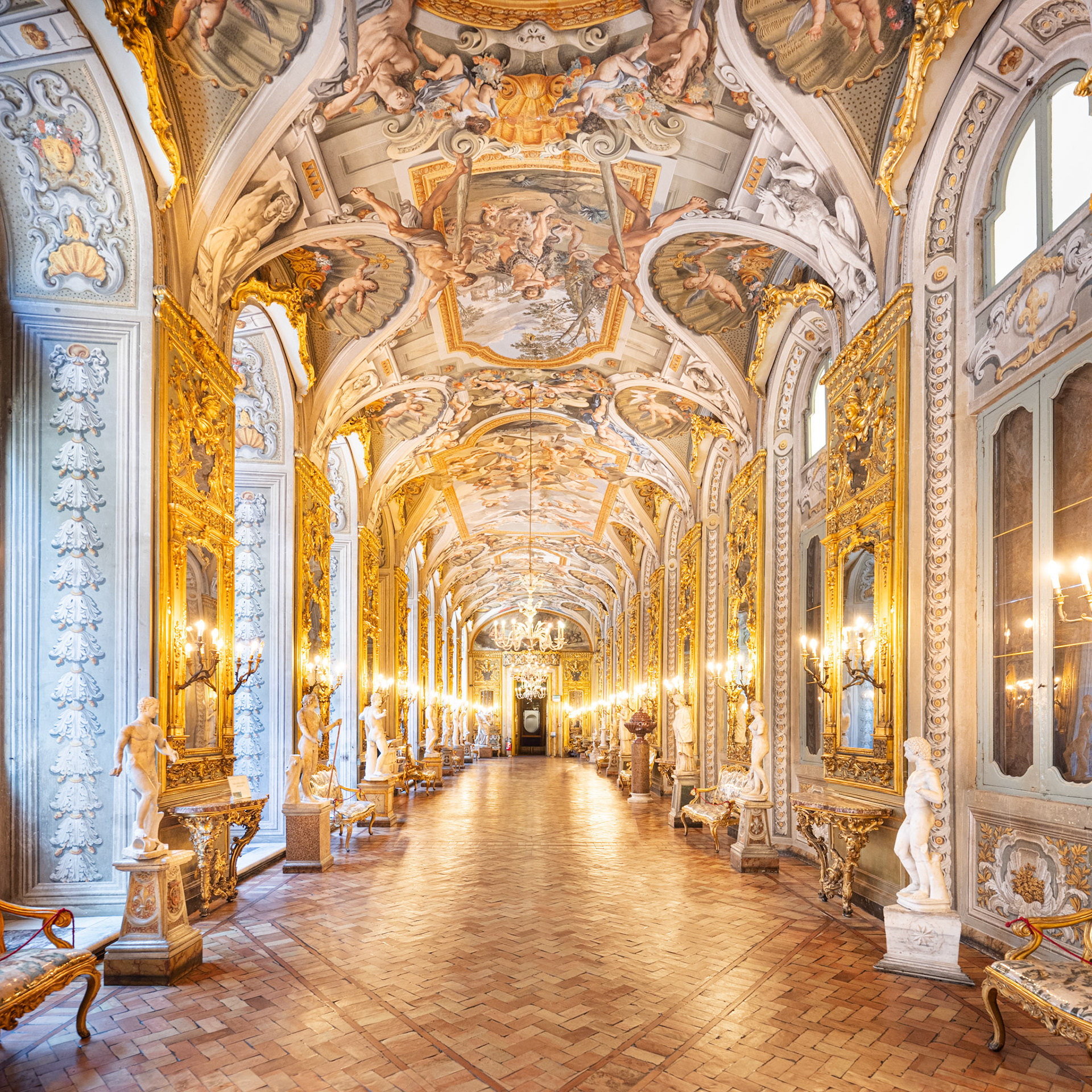
Galleria Doria Pamphilj
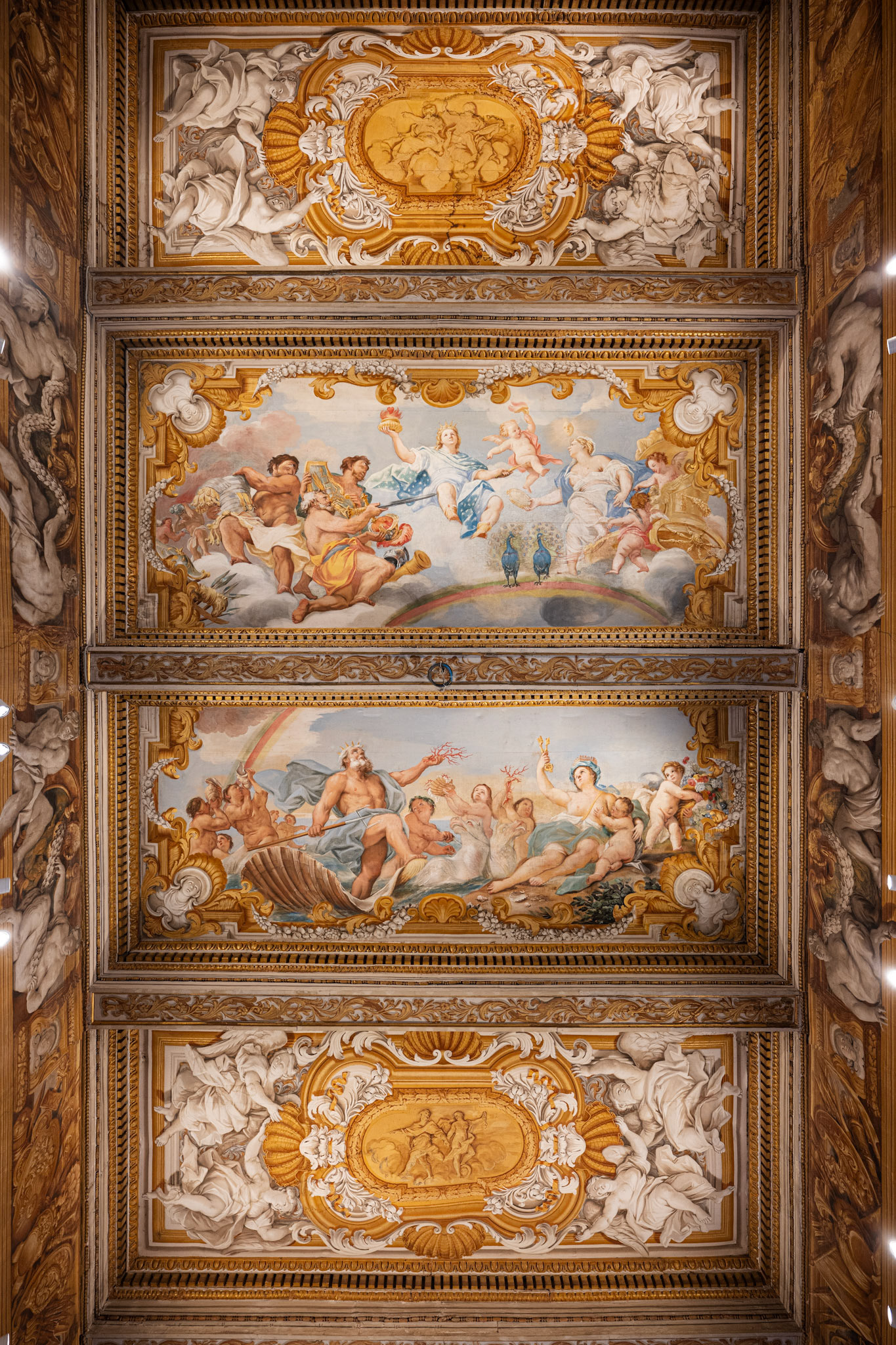
Galleria Spada
Our fourth day in Rome was a journey through centuries of architectural innovation, from the Roman times to the grandeur of Baroque illusions.
Church of Sant’Ignazio di Loyola
Stepping into the 17th-century Chiesa di Sant’Ignazio di Loyola felt like entering a world of illusion. Designed by Andrea Pozzo, the breathtaking ceiling fresco "The Apotheosis of Saint Ignatius" is a triumph of trompe-l'œil painting. Pozzo masterfully used perspective to create the illusion of a soaring dome where none exists, tricking the eye into seeing an architectural space that isn’t really there. The provided mirror allowed us to admire the fresco’s details without straining our necks, making for a unique and immersive experience.
The Pantheon
Located only minutes away, the Pantheon is a testament to the ingenuity of ancient Roman engineering. Originally built as a temple in 126 AD under Emperor Hadrian, it has since been transformed into a church, ensuring its remarkable preservation. Its massive unreinforced concrete dome - still the largest of its kind in the world - features a central oculus that allows natural light to pour into the space. Even though we had reserved tickets for the opening, the number of people having tickets for the same time slot was very high and the queue spread through the whole square in front of the Pantheon.
Santa Maria sopra Minerva
In a city dominated by Baroque and Renaissance styles, Santa Maria sopra Minerva stood out as Rome’s only Gothic church. Built in the 13th century over the ruins of a Roman temple dedicated to Minerva, this Dominican church houses some extraordinary artistic and historical treasures. Among its highlights is Michelangelo’s Christ the Redeemer.
Galleria Doria Pamphilj
This private palace, still owned by the Doria Pamphilj family, is home to one of Rome’s finest private art collections. Walking through its opulent halls, adorned with gilded ceilings, intricate frescoes, and extravagant chandeliers, we admired masterpieces by Caravaggio, Titian, and Raphael. The separate visit of the ground floor apartment allowed us to discover its stunning bathroom.
Galleria Spada
We ended the day at Galleria Spada, home to a fascinating architectural illusion. Francesco Borromini’s Forced Perspective Gallery is a colonnaded courtyard designed to appear far longer than it actually is. Using a clever interplay of diminishing columns and a rising floor, Borromini created the illusion of a 37-meter-long corridor, when in reality, it measures just 8 meters. This whimsical and ingenious masterpiece was a fitting way to conclude a day filled with artistic and architectural wonders.
Day 5: Ancient Stadiums and Renaissance Masterpieces
After several packed days, we opted for a slightly slower rhythm while still uncovering some of Rome’s architectural and artistic treasures.
Stadio di Domiziano
Exploring the underground ruins of Rome’s first permanent stadium provided a fascinating glimpse into ancient Roman entertainment. Built in the 1st century AD under Emperor Domitian, the stadium once hosted athletic competitions and influenced the design of Piazza Navona, which now sits above it.
Chiostro del Bramante
This peaceful Renaissance cloister, designed by Donato Bramante in the early 16th century, was a welcome retreat from the city's hustle and bustle. Its beautifully decorated rooms provided the perfect setting for a leisurely lunch, allowing us to soak in both the art and the tranquility of the space.
San Pietro in Montorio
Located atop Janiculum Hill, this church is home to Bramante’s Tempietto, a small yet architecturally perfect example of High Renaissance design. Traditionally believed to mark the site of Saint Peter’s crucifixion, it is one of Rome’s hidden gems. The panoramic views from Janiculum Hill made the visit even more rewarding.
Afterward, we strolled back into the city, taking our time to enjoy the atmosphere—and, of course, treating ourselves to some well-deserved gelato.
New Year’s Eve in Rome
Celebrating New Year’s Eve in Rome was incredible. The city was alive with festive energy, and seeing the fireworks all over the city was a great way to celebrate the New Year. Luckily we had reserved a restaurant for the evening well in advance !
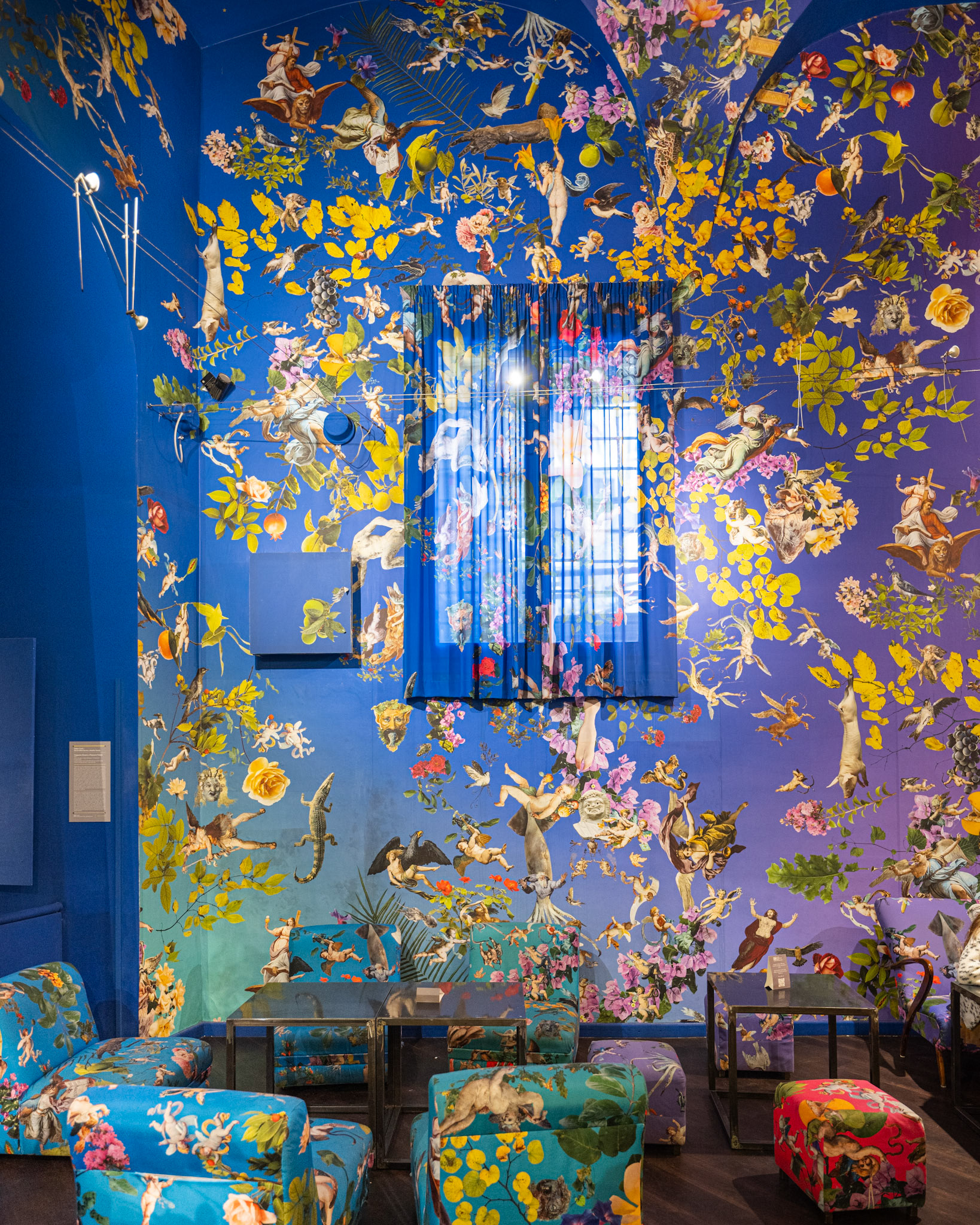
Chiostro del Bramante
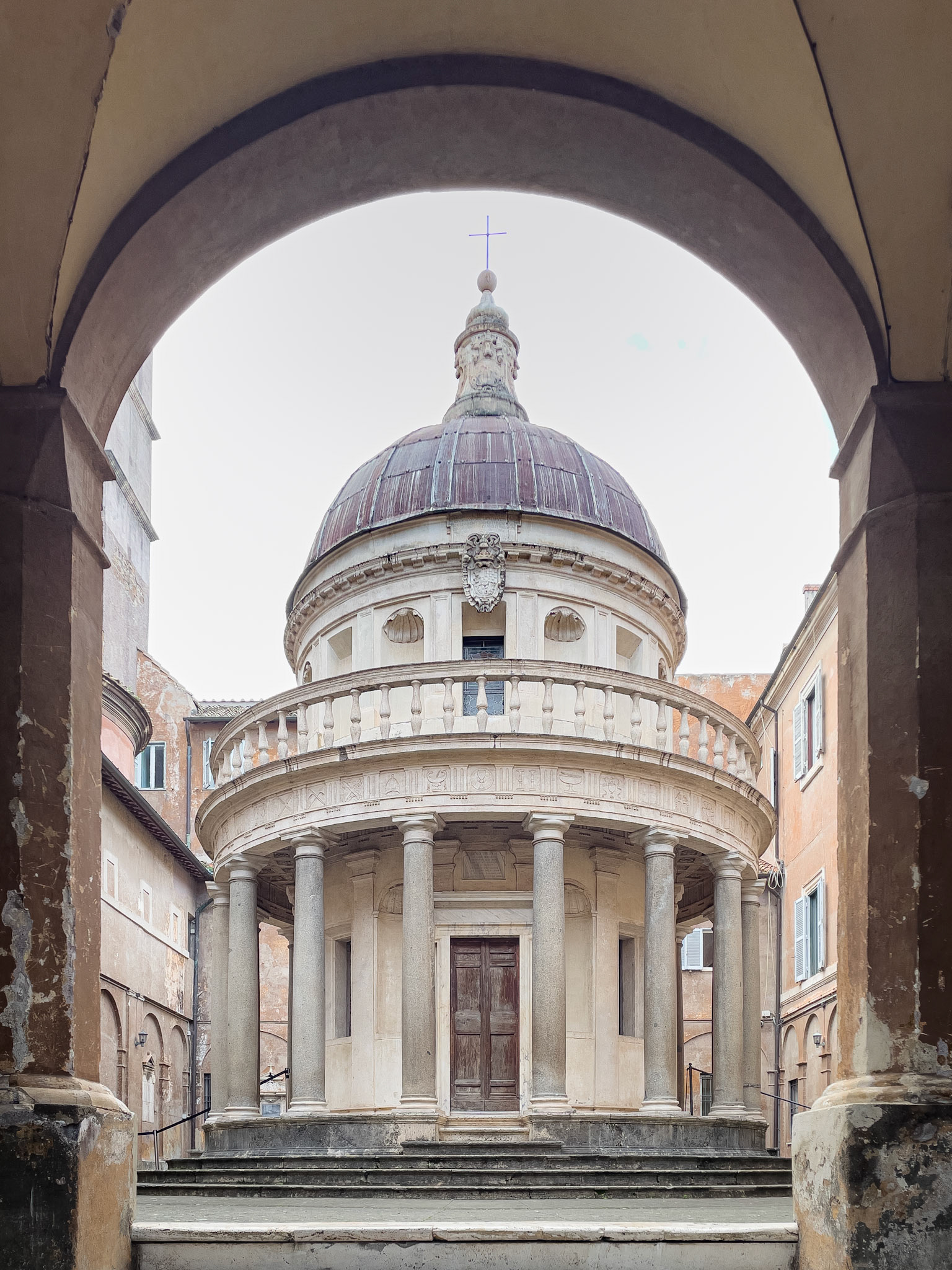
Tempietto
Day 6: Contemporary Art
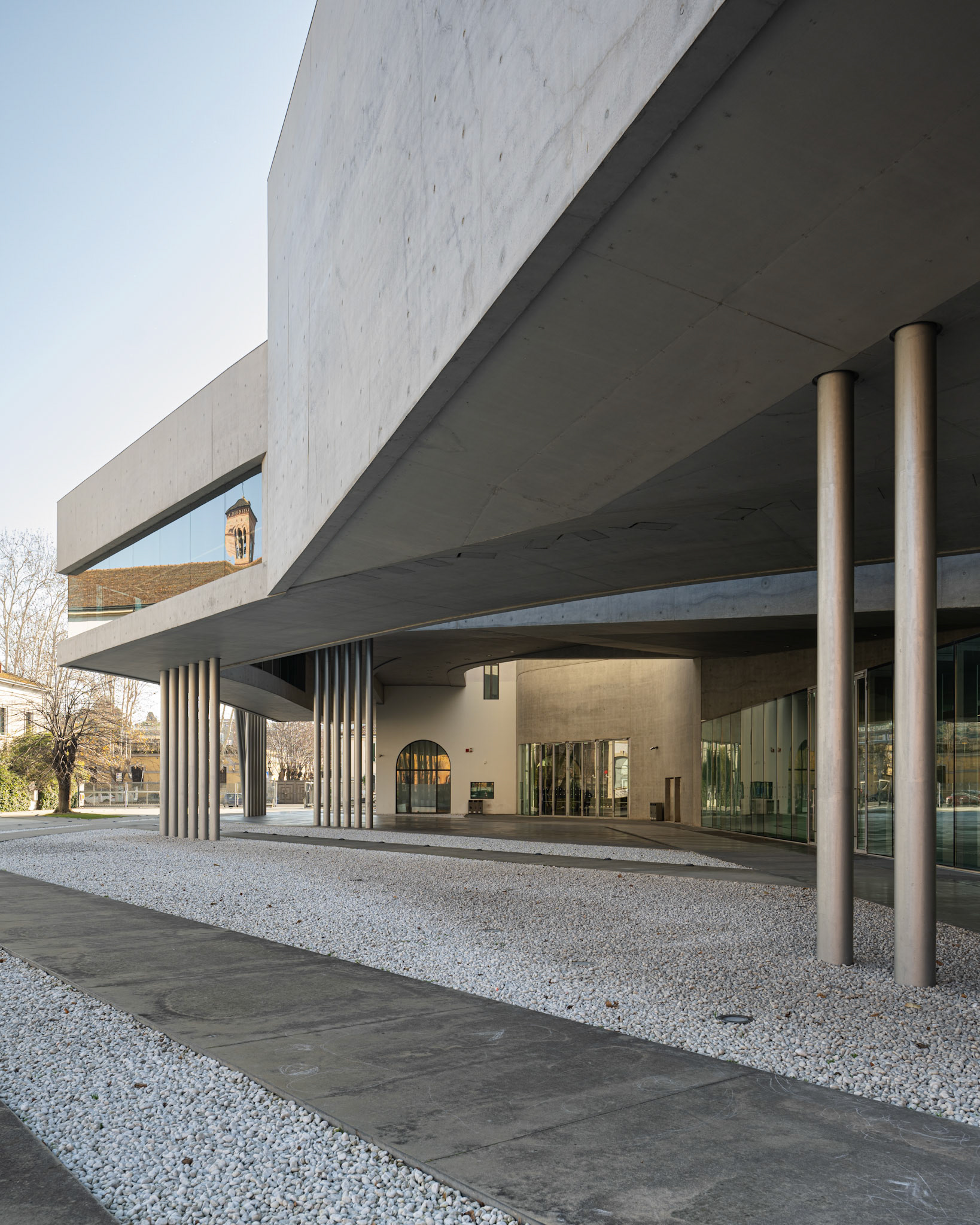
MAXXI Museum
On our final full day, we explored a more contemporary side of Rome.
MAXXI Museum
Designed by Zaha Hadid, this striking museum of 21st-century art and architecture provided a refreshing contrast to the ancient and Baroque sites we had visited. The bold, flowing spaces of the building itself were as impressive as the thought-provoking contemporary art exhibitions inside.
Spanish Steps
After taking the tram, we walked to the iconic 18th-century staircase, taking in the lively atmosphere as locals and tourists alike gathered in the afternoon.
Palazzo Zuccari
Strolling through the city, we stopped to admire the whimsical façade of this Baroque palace, known for its dramatic "Monster Door" entrance. Originally built in the early 17th century by Federico Zuccari, this playful architectural gem is a delight to stumble upon.
Walking back to our hotel, the sidewalks actually were so full that everyone just had to walk in the streets !
Final tips
- Book tickets for all attractions through the official websites well in advance.
- Most of downtown Rome is in easy walking distance and, when appropriately planned not a lot of public transportation is required. This being said, taking the busses was easy and straightforward. In particular on December 31st and January 1st, the busses didn't seem to perfectly respect the official schedules, but we still managed.
- Our best dinner and the best carbonara pasta were at Ristorante In Roma (Via dei Fienili). The dish arrived concealed under a cloche, and as it was lifted, a swirl of smoke escaped, enhancing the aroma of the rich, silky sauce made from egg yolk, Pecorino Romano, and crispy guanciale. The tableside reveal added a touch of theater, making the moment even more special. Adding to the experience, we were treated to small tasting plates of the other dishes ordered by our group, allowing us to sample a variety of flavors beyond our own selections.
- You can see complete photo series of each monument we visited here.
